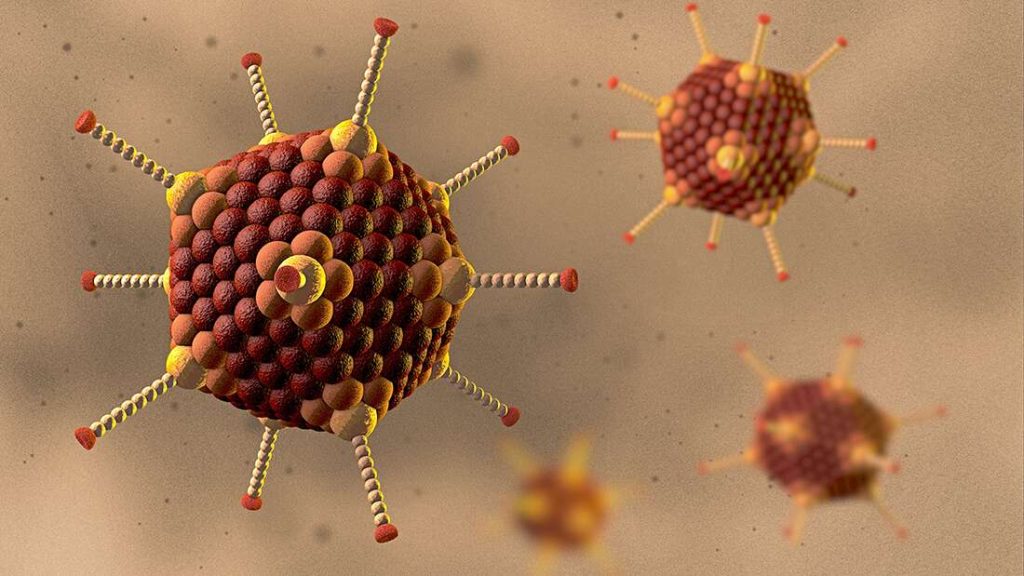At least one child has died following acute hepatitis (inflammation of the liver), as the US and Europe continue to see an “unusual” rise in cases in otherwise healthy children.
In an update on the outbreak, the World Health Organization (WHO) announced they have been informed of 169 cases of liver damage in children aged one month to 16 years, with at least one death reported. Cases have now been found in the United Kingdom (114), Spain (13), Israel (12), the USA (9), Denmark (6), Ireland (<5), The Netherlands (4), Italy (4), Norway (2), France (2), Romania (1), and Belgium (1).
Patients show severe liver inflammation, as well as notably elevated liver enzymes. Prior to hospitalization, many children experienced abdominal pain, diarrhea and vomiting, as well as jaundice.
As yet, the exact cause of the surge of cases has not been identified, and common hepatitis viruses A, B, C, D and E have not been detected within the patients. Adenoviruses, however, have been found in at least 74 cases, with 18 identified as adenovirus F type 41 – a type that hasn’t been associated with liver damage previously.
“The occurrence of severe hepatitis in a young child is not a new phenomenon – there have been occasional cases presenting over the years, with no underlying cause identified – often referred to as non A-E hepatitis, as tests for the standard hepatitis viruses are negative. What is unusual is the increased number of such cases seen over a short space of time since January this year.” Professor Will Irving, Professor of Virology at the University of Nottingham, commented.
“Adenovirus 41 is a well-recognized cause of a gastroenteritis illness in young children, but has not been associated with hepatitis previously. However, the increasing percentage of children fulfilling the current case definition of severe acute hepatitis in whom Ad-41 has been found cannot be ignored, and suggests that Ad-41 infection may well be linked in some way with the disease.”
Though adenovirus 41 is emerging as a likely culprit, the WHO notes that SARS-CoV-2 was identified in 20 cases, while a further 19 were found to have a SARS-CoV-2 and adenovirus co-infection, and stresses that further information about cases – including their close contacts – is needed before conclusions can be drawn.
“Adenoviruses are viruses that can normally cause the common cold in adults, but also diarrhea, abdominal pain, and vomiting in children. Sometimes symptoms can be more severe and can rarely cause liver inflammation. It is not uncommon to have adenoviruses in springtime. Given their seasonality, it may be that the past two years has seen children isolated away from their peers and thus not contracting the usual childhood viral illnesses that build up immunity. Thus, contact now to viruses like adenoviruses may account for the more exaggerated symptoms of some of these previously isolating children,” posited Prof Simon Taylor-Robinson, Hepatologist at Imperial College London.
“And there are other viruses around too – COVID-19 has been associated with inflammation of many other body organs. At the moment we don’t know for certain what the cause is but the authorities are investigating intensively. It is also difficult to work out cause and effect because viruses can be common anyway, so might be present but not necessarily the cause.”
Speculation online has attempted to lay the blame on COVID-19 vaccines, but that is not supported by the data.
“The vast majority of affected children did not receive COVID-19 vaccination,” according to the WHO in the update. They highlight instead the possibilities of increased susceptibility to viruses following lower circulation of adenoviruses (due to COVID-19 measures), co-infections with COVID-19, and a possibility of an emergence of a novel adenovirus.
Related article:
All RNA and DNA Base Types Are Found in Meteorites, Study Claims
Study Nearly Doubles Known Cancer-Linked Mutational Signatures












